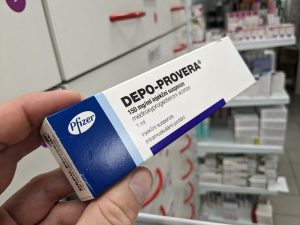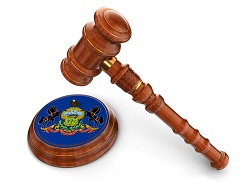Bob Zarbin and Jim MacAlister write a telling article in this month’s journal of the Maryland Trial Lawyers Association about Maryland’s new bad faith law. The authors note that the avalanche of bad faith claims the insurance companies said were coming down the pike with Maryland’s new bad faith law was actually only 12 in the first quarter of the 2008 and only 12 all last year.
Similarly, on the medical malpractice front, Maryland malpractice insurers claimed the sky was falling one minute and the next they are declaring $74 million profit to their doctor shareholders and lowering malpractice insurance rates. The legislative process requires that the viewpoints of all stakeholders. But can we at least make sure we put the proper discounted value on “the sky is falling” on the next go around? I’m hoping the next go around includes a revised bad faith law with more teeth than mere costs and expenses.
In the same issue, Kevin Goldberg, who is with Goldberg, Finnegan & Mester in Silver Spring, Maryland, writes a great article laying out a great checklist of avenues to explore when you have a catastrophic accident and what appears to be limited coverage.












